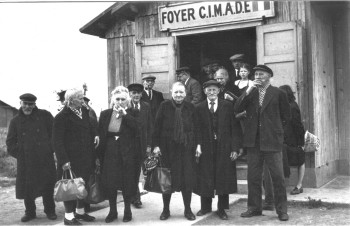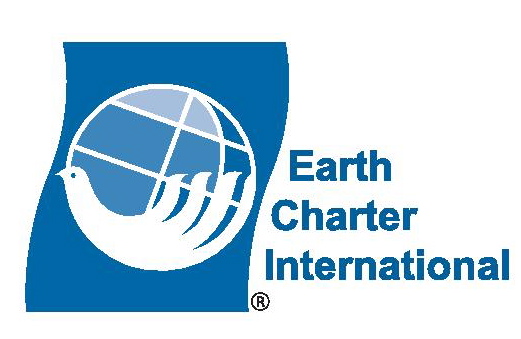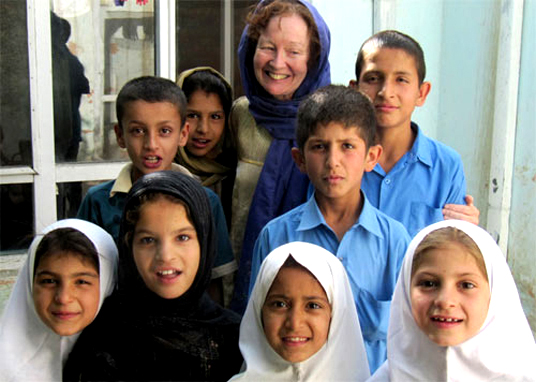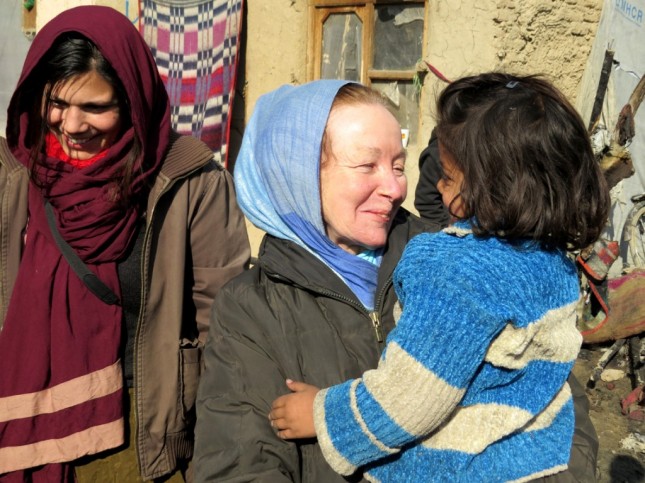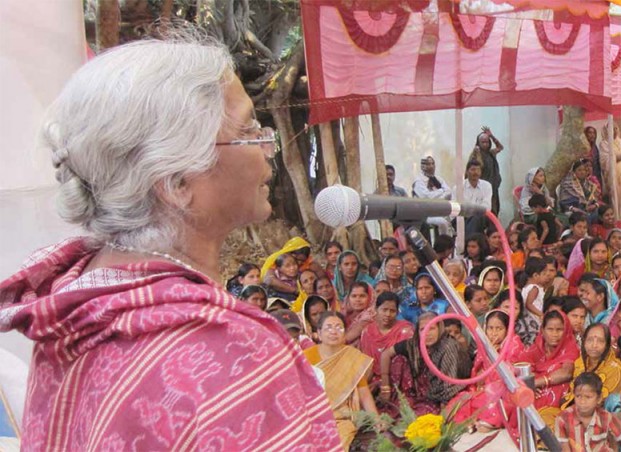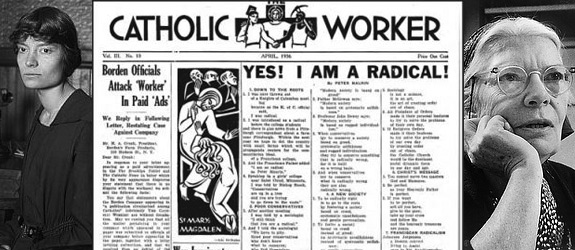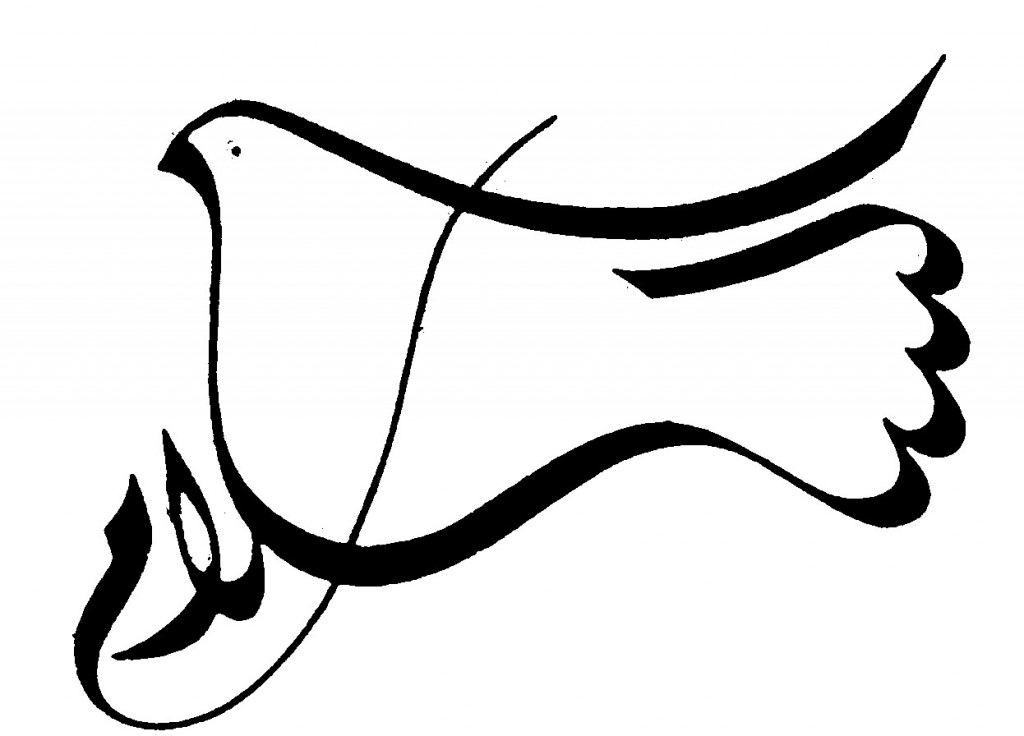French Nonviolent Resistance during World War II
by Magda Trocmé
Editor’s Preface: Magda Grilli (1901-1996) was born in Italy of an Italian mother and a Russian father. She married André Trocmé in 1926. They had 4 children. She has been much honored from her nonviolent resistance to the German occupation during WWII, and especially for her role in saving an estimated 3500 Jews, mostly children, by both housing them in her home and helping to smuggle them over the border into Switzerland. The two were named Righteous Among the Nations, an honorific granted by Israel for those non-Jews who played a role in saving Jews from the Holocaust. Lesser known is her work in Morocco during the Algerian War for independence against France, during which she helped start, with the Mennonites, Eirene, a counseling center for conscientious objectors. JG
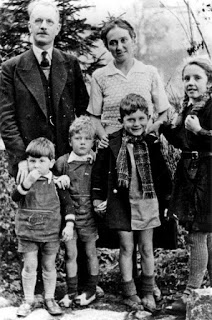
Trocmé family, c. 1939; courtesy womenheroesofwwii.blogspot.nl
Moral responsibility during the war was a terrible thing for the state officials. My youngest son came back from Italy August 27, 1951, many years after the war, and still a gendarme looking at his passport at the border said, “Trocmé? Are you the son of Pasteur Trocmé?”
“Yes,” said Daniel, very surprised.
“I was told during the war when I was at Le Chambon to go and arrest your father, but I managed not to do it because it was a dirty job.”
Yes, it was a dirty job, and that man managed not to do it; but how many others had to do dirty jobs because they were officials? Some of them believed that the government was right and that they had to obey even if the government was wrong, as a soldier obeys even when he feels that war is wrong. We had two interesting experiences of this kind with M. Bach, Prefect of the Haute Loire and with the captain of the gendarmerie in Le Puy. Both of them have been the executors of an unjust law and both of them asked for help later on when the situation had changed, when those who had been arrested had become powerful and free.
It was February 13th, 1943, around 7 o’clock in the evening when two gendarmes knocked at the door of the old presbytery in Chambon-sur-Lignon. They asked whether Pastor Trocmé were there. I answered that he had a meeting and would be back later, but that I could answer all their questions because I knew all about my husband’s work. They said that it was something very personal and they would prefer waiting. I took them to my husband’s office and forgot all about them; we had so much work to do and so little time to waste!


